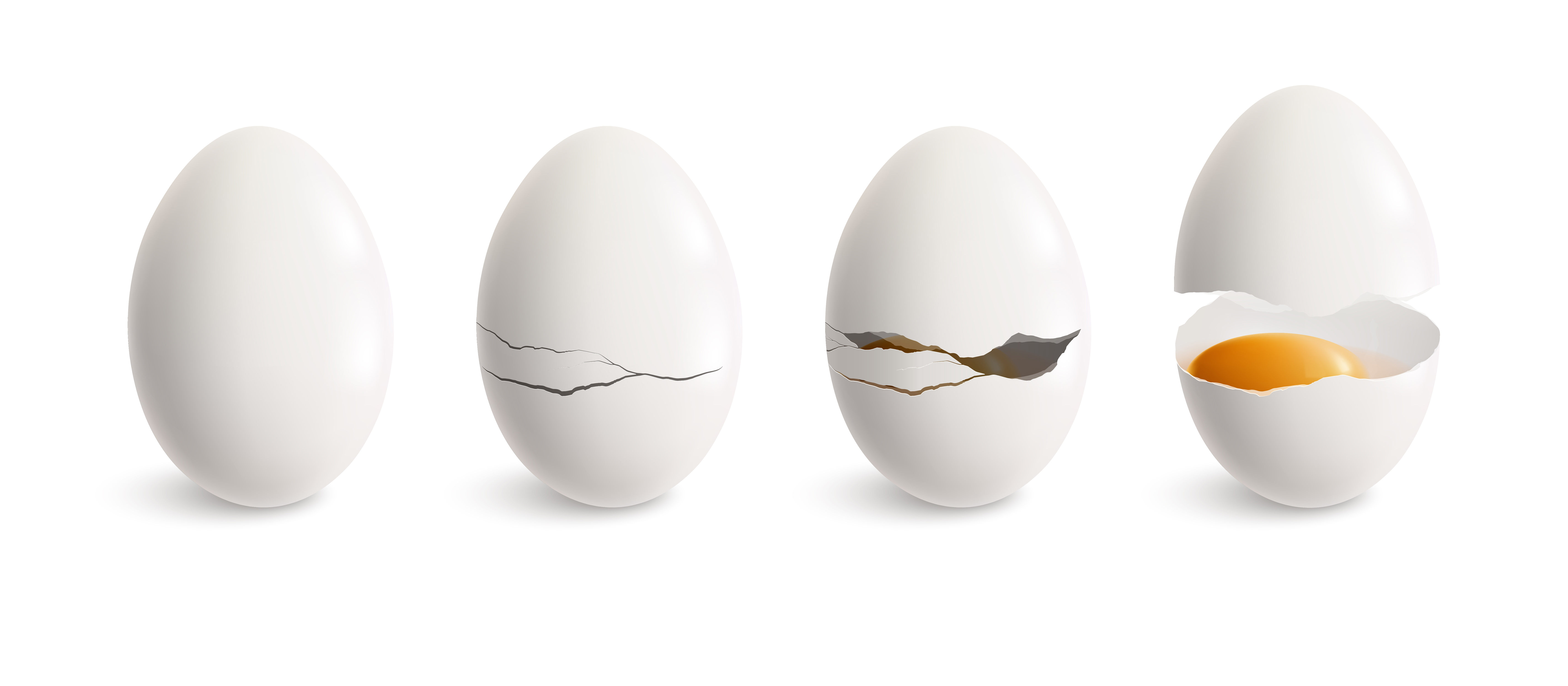
by Diego Gavagnin
The metaphor of whether the egg or the chicken comes first, meaning whether the demand for a good or the infrastructure to supply it should come first for the development of a market, has been repeatedly used and perhaps abused in these first ten years of development of the direct use of LNG in Italy (and beyond).
Science has solved the apparent paradox long ago: there is no chicken without an egg. Sensing the existence of a potential market, investing in infrastructure and risking one's own money is the greatest quality of business activity. It takes vision and courage.
Especially if you operate in a State that is itself an entrepreneur, and could be in conflict of interest between traditional and new activities. Often, in fact, it is the promoting State that lights the fuse, with appropriate incentives to build the first infrastructure, coming to the aid of the company that in any case puts its own.
Thus, the State involves all taxpayers in the economic risk, for activities considered of national interest. Really reduced risk but every single penny must weigh like a boulder when it is taken from the pockets of mostly unsuspecting citizens.
This is why we speak of incentives and not subsidies, because the greatest guarantee of success for the State is to associate itself with those who put their own money, certainly more efficient than themselves, who use other people's money.
Without forgetting that the State can also give the wrong incentives, to keep the old alive by underestimating the progress of the new. Timeliness in these cases is essential. The egg may not even hatch, and the Country may not develop its own industrial supply chains, eventually becoming a colony of other more prudent States.
This somewhat boring preamble, for which I apologise, just to say that the small scale LNG chicken is there, it grows, and can give many good eggs. In Italy, too, we are overcoming the demand/infrastructure phase, much has been done and even more is on the way. Out of metaphor the "bird" is today an entire industrial sector with investments of billions of euros.
Fortunately we have had our "heroes" entrepreneurs and now also public enterprises that are forcing a bit - not so much for the bad will of the State, but for its sloth, which is even worse - show that they want to put all their weight to build skyscrapers on buildings already made.
Finally it is becoming clear that the LNG hen is not a point of arrival, never thought that, but a great overpass towards an energy system with an increasingly reduced environmental and climate impact, down to zero, if not negative effect.
The path is outlined: bioLNG immediately (many liquefaction projects are underway), synthetic methane tomorrow (mixtures of hydrogen, produced with natural gas, mixed with CO2), green hydrogen the day after tomorrow (produced by electrolysis from renewable electricity). In competition with the "all-electric", which is also a good thing. Here, too, the timing is important, which must take into account the replacement speed of the vehicles already using LNG.
Beware of forward getaways. To make good eggs, the hen needs a large yard. If it shrinks, the hen can deplete, and no longer produce eggs, or make them fragile, which break as soon as you pick them up.
I cannot forget that eight years ago, at the beginning of summer 2012, the Ministry of the Environment quantified the national production potential of biomethane at eight billion cubic metres. Liquefaction to produce bioLNG is a conventional activity in Northern Europe and ConferenzaGNL organised a workshop on this as early as July 2014.
In Italy bioLNG is still in its infancy but we are optimistic. The example is what has been done in a few years in heavy land transport, which also started late but proved capable of a resounding recovery. This may also be the case for bioLNG, although there are some regulatory distortions that need to be corrected soon. Above all because there is already abundant demand.
So the question of the moment is: how is the bird? How has it overcome the health crisis of recent months? What lessons for the future? And then, what role for Italy of small-scale LNG in the ongoing three-year review of the DAFI (Development Alternative Fuel Infrastructure) Directive and in the major Next Generation and European Green Deal projects?
In order to give companies and associations the opportunity to answer these questions and the institutions to comment on them, ConferenzaGNL has organized two Webinars, the first one on Tuesday 16 June from 11.00 a.m. to 1.00 p.m. "LNG infrastructure and transport: from emergency to renewal". Download the Programme.
The second the following week, Tuesday 23 June, still from 11.00 to 13.00: "Italian LNG supply chain in the revision of the DAFI"
image: http://www.freepik.com
 EN
EN  it
it

